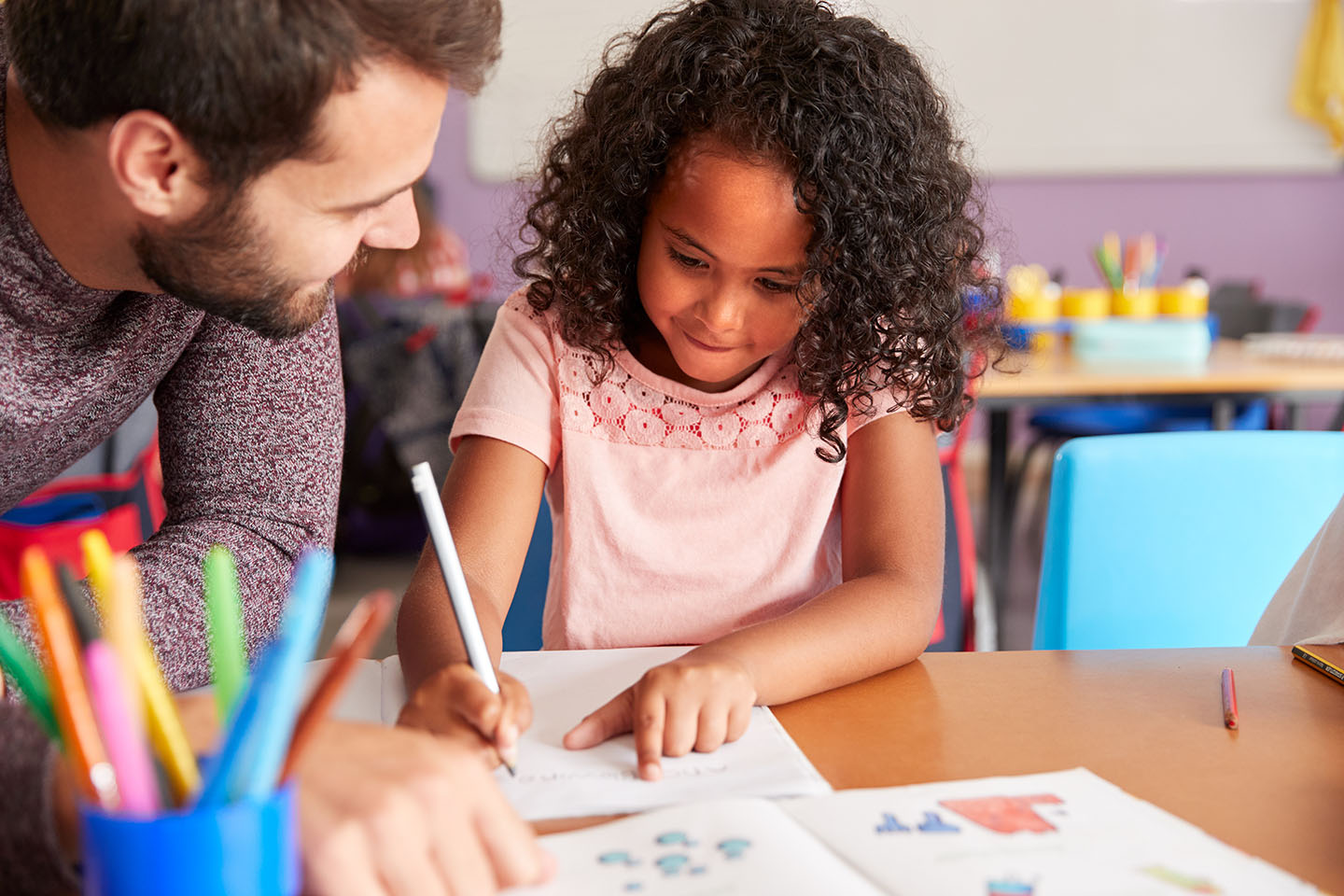« Back to Blog

Back-to-School Activities for Occupational Therapy Practitioners for 2023-2024
August 31, 2023As the back-to-school season arrives, students are gearing up to enter their classrooms with renewed energy, and educators and therapists alike are prepping tools and techniques to support them. Occupational Therapy Practitioners (OTs), in particular, play an instrumental role in ensuring that children with special needs are well-equipped to handle the demands of the school environment. To assist in this mission, here's a compilation of back-to-school activities tailored for OTs:
1. Sensory Scavenger Hunt
A sensory scavenger hunt helps students to engage multiple senses. Create a list of items for students to find in the classroom or on school grounds. This could include something soft, something cold, or something that makes a noise. The hunt can be tailored to individual sensory needs, making it a flexible tool for OTs.
2. Fine Motor Skill Stations:
Set up various stations in a classroom or therapy room with activities such as:
- Bead threading: To enhance hand-eye coordination and pincer grip.
- Playdough molding: Students can squish, roll, and create figures to strengthen hand muscles.
- Paper tearing and crumpling: To work on finger strength and dexterity.
3. Morning Routine Chart:
Create a visual or interactive chart that depicts a student’s morning routine, from brushing their teeth to packing their school bag. This can help children with executive functioning challenges to sequence their tasks and develop autonomy.
4. Balancing Games:
Games like 'The Floor is Lava,' balance beams, or even simple hopscotch can be incorporated. These games assist in improving balance, body awareness, and coordination.
5. Visual-Motor Activities:
Provide activities such as:
- Tracing or coloring within lines: To improve hand-eye coordination.
- Mazes: These not only boost visual-motor skills but also problem-solving abilities.
- Connect the dots: To encourage controlled hand movements.
6. Social Story Sessions:
Reading or creating social stories about school scenarios can benefit children who experience anxiety or have social interaction challenges. This could address topics like making new friends, asking a teacher for help, or what to expect during a fire drill.
7. Flexible Seating Options:
Introduce tools like wiggle cushions, standing desks, or therapy balls as seating options. This can help children who struggle with attention and focus or need additional sensory input.
8. Classroom Role Play:
Role-playing can assist children in preparing for real-world scenarios in a controlled environment. Enactments like asking to borrow a pencil, joining a group for group work, or navigating lunchtime can be practiced.
9. Self-Regulation Break Cards:
Provide students with cards they can use when they feel overwhelmed or overstimulated. This can be a sign for a quick break, a walk, or a short session of deep breathing exercises.
10. Collaborative Group Activities:
Organize group activities such as:
- Group art projects: Where each child contributes a piece.
- Building tasks using blocks or LEGO: To foster teamwork, sharing, and turn-taking.
11. Organizational Challenges:
Develop fun tasks like:
- Timed desk organization: Provide students with miscellaneous items and challenge them to organize within a time frame.
- Backpack packing race: This can teach students how to prioritize and manage their school belongings effectively.
12. Deep Breathing and Mindfulness Activities:
Introducing students to simple deep breathing exercises or short guided mindfulness activities can equip them with tools to self-regulate and manage stressful situations.
13. Classroom Job Chart:
For children who benefit from routine and structure, a classroom job chart can be empowering. Jobs can range from 'Pencil Sharpener Manager' to 'Book Organizer.' This helps in building responsibility and fostering a sense of belonging.
14. Tactile Letter and Number Learning:
For younger children or those who need sensory input, use tactile materials like sandpaper, fuzzy fabric, or bubble wrap to create letters and numbers. This sensory approach can aid in letter and number recognition.
15. Gross Motor Skill Relay Races:
Plan relay races that involve crawling, hopping, skipping, or walking backward. This promotes gross motor skill development and coordination.
As students transition into the school environment, the role of the Occupational Therapy Practitioner becomes critical in ensuring their comfort, progress, and success. Incorporating these activities not only aids in developing essential skills but also makes the process enjoyable and engaging. The start of a school year is an opportunity for OTs to implement innovative strategies, setting the stage for a fruitful academic journey for every student.
Therapeutic Resources always has cutting-edge positions that will let you contribute and enhance your skill set. To explore our innumerable part-time, full time and per diem pediatric and adult-based positions, Therapeutic Resources would love to speak with you! Send us your information here, and a placement manager will be in touch within 24 hours. Talk to you soon!
